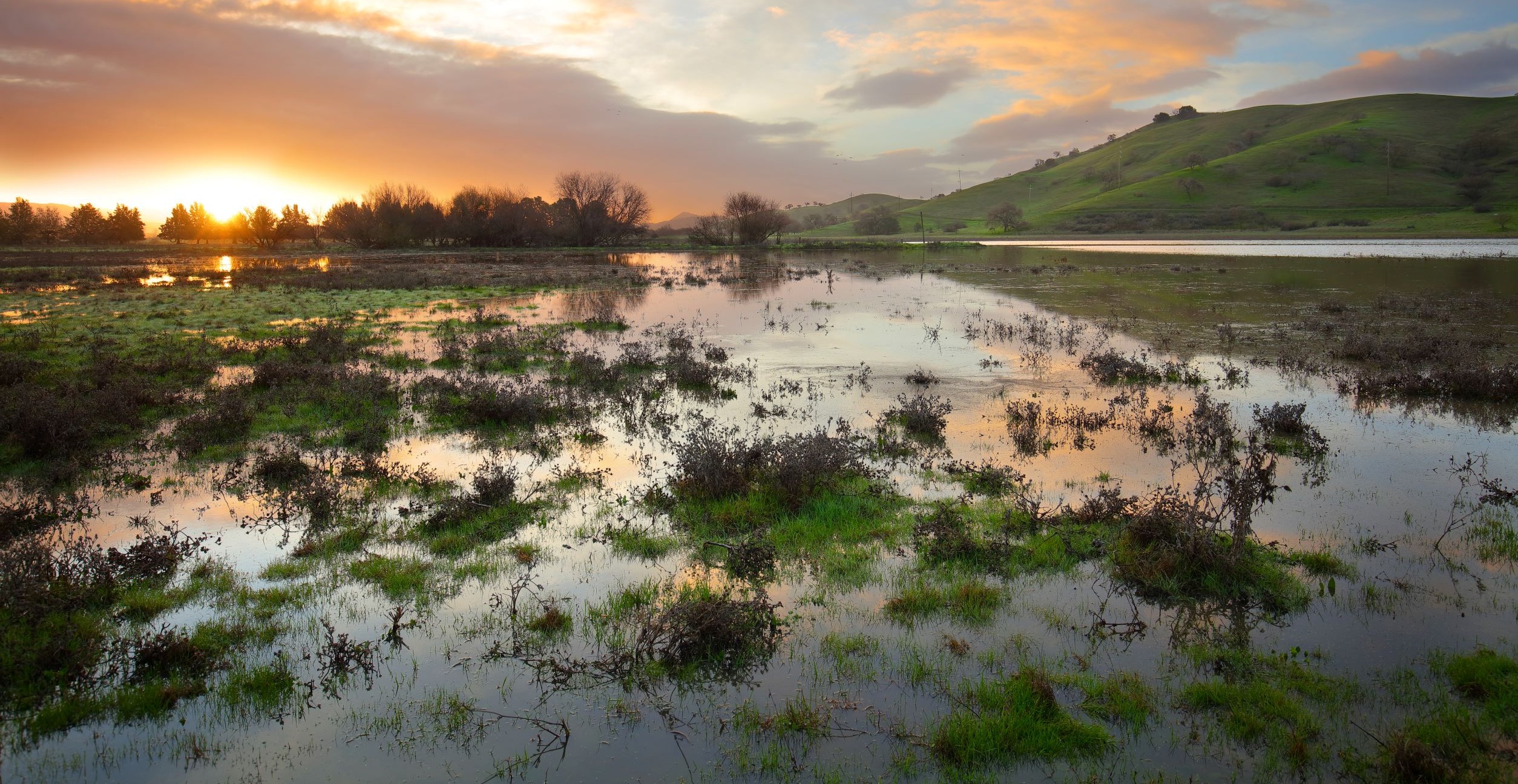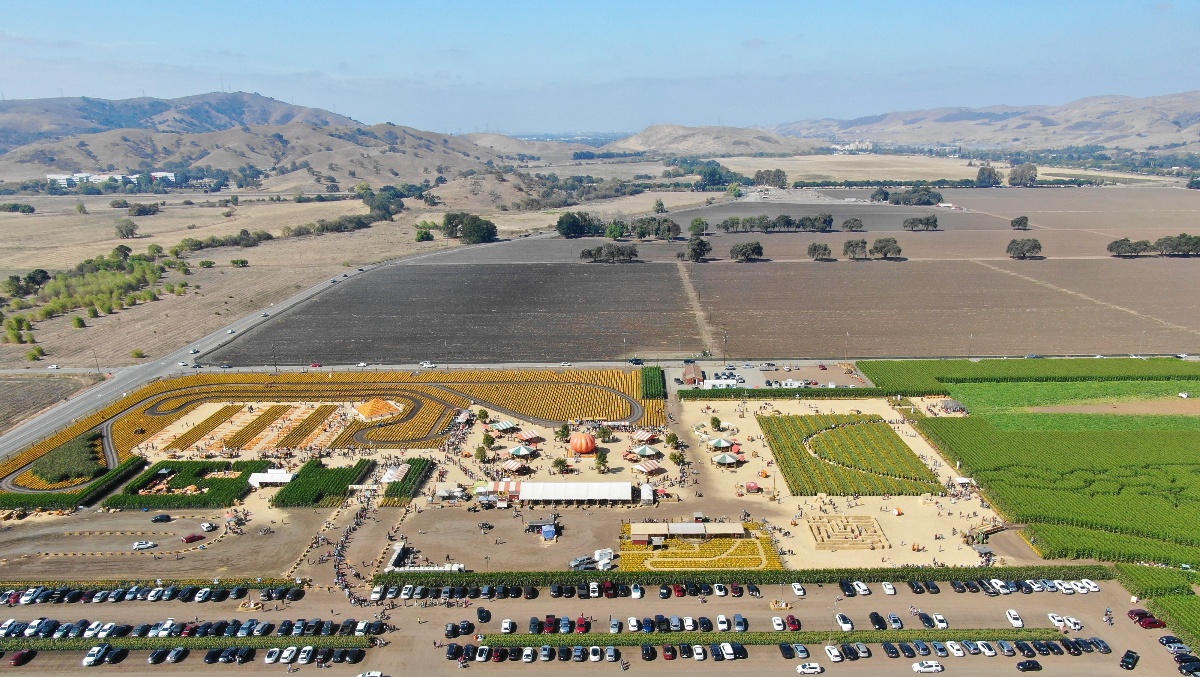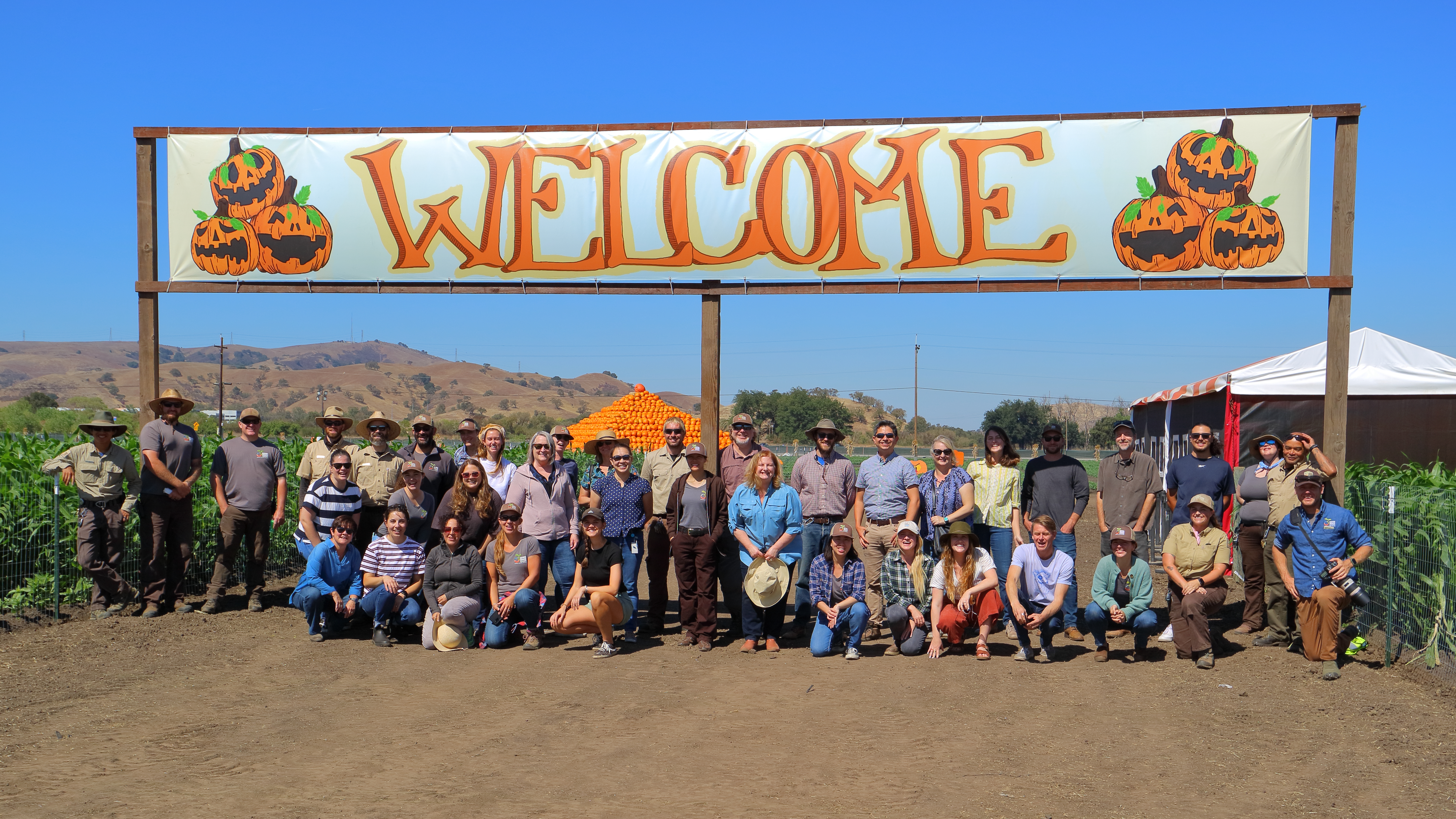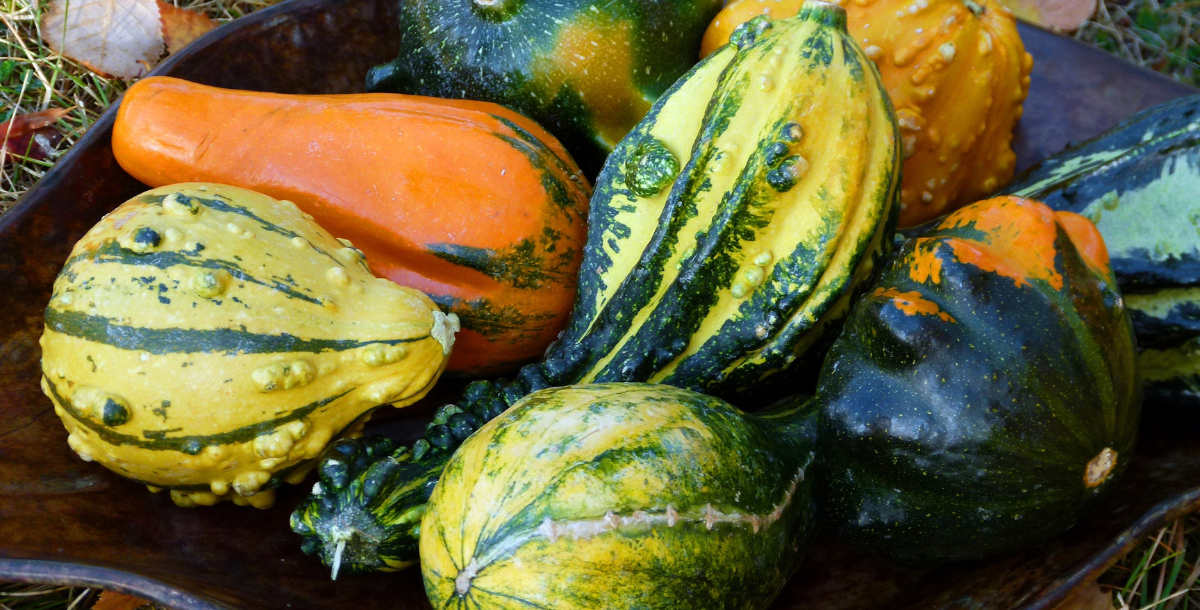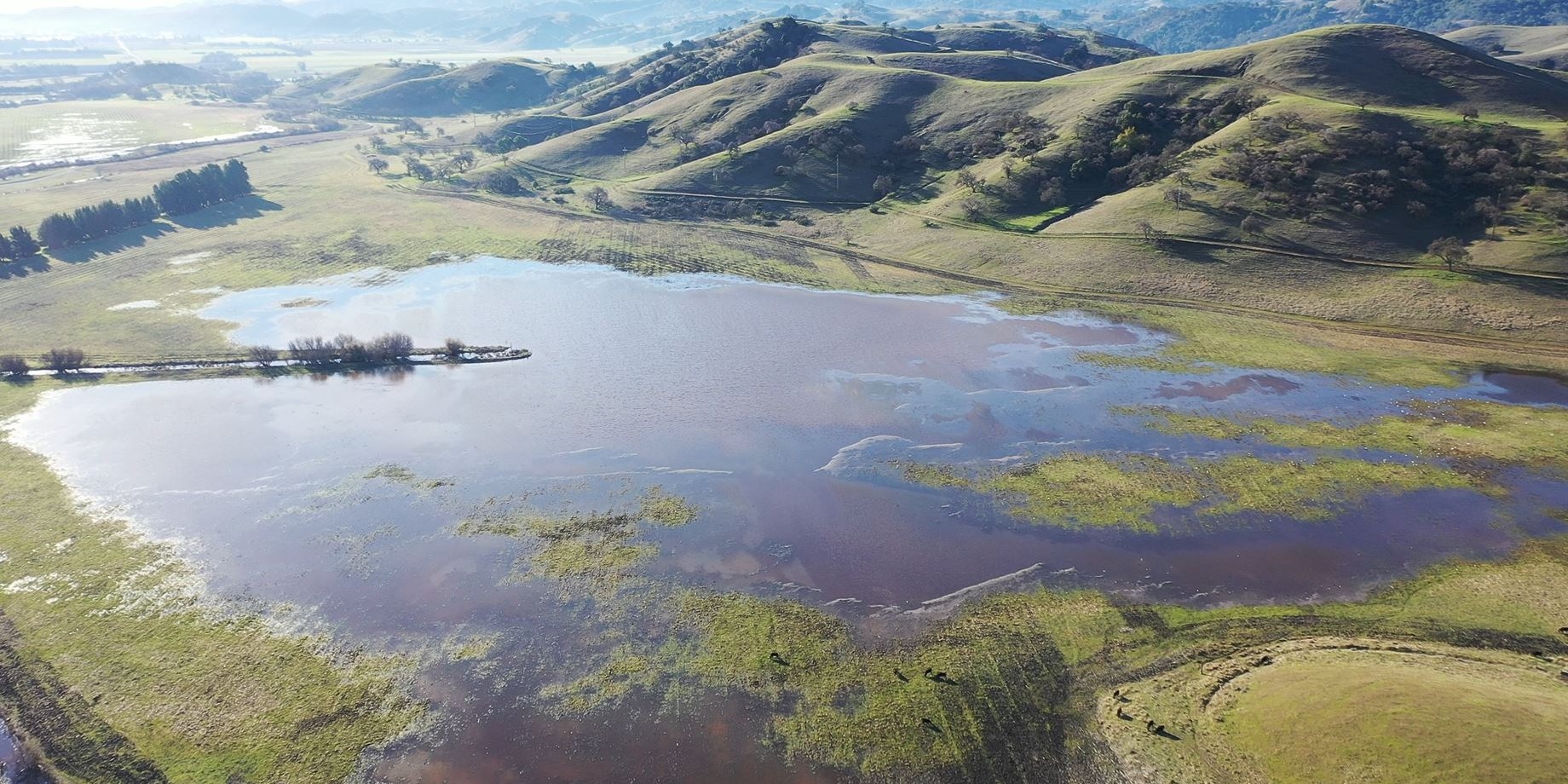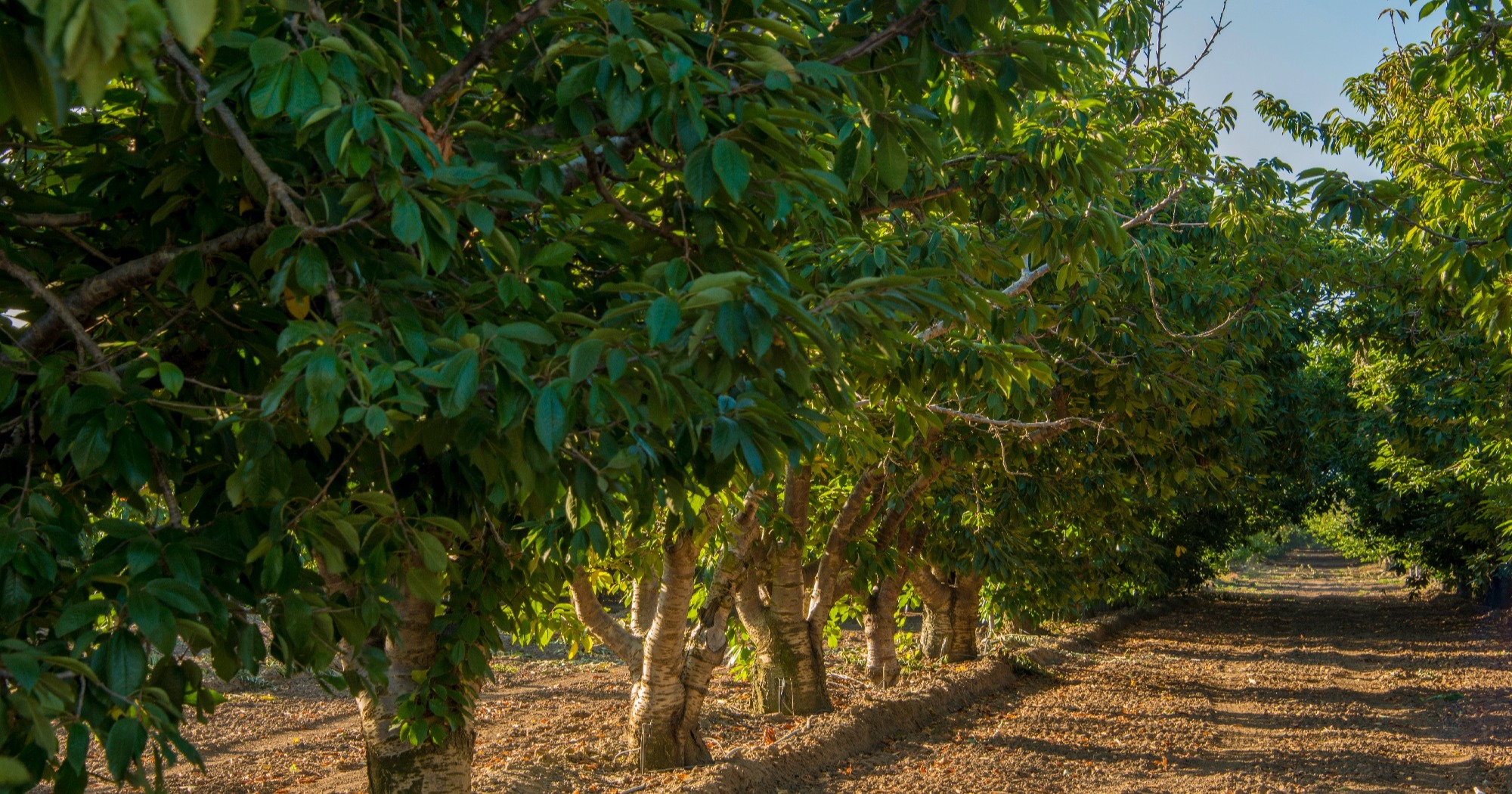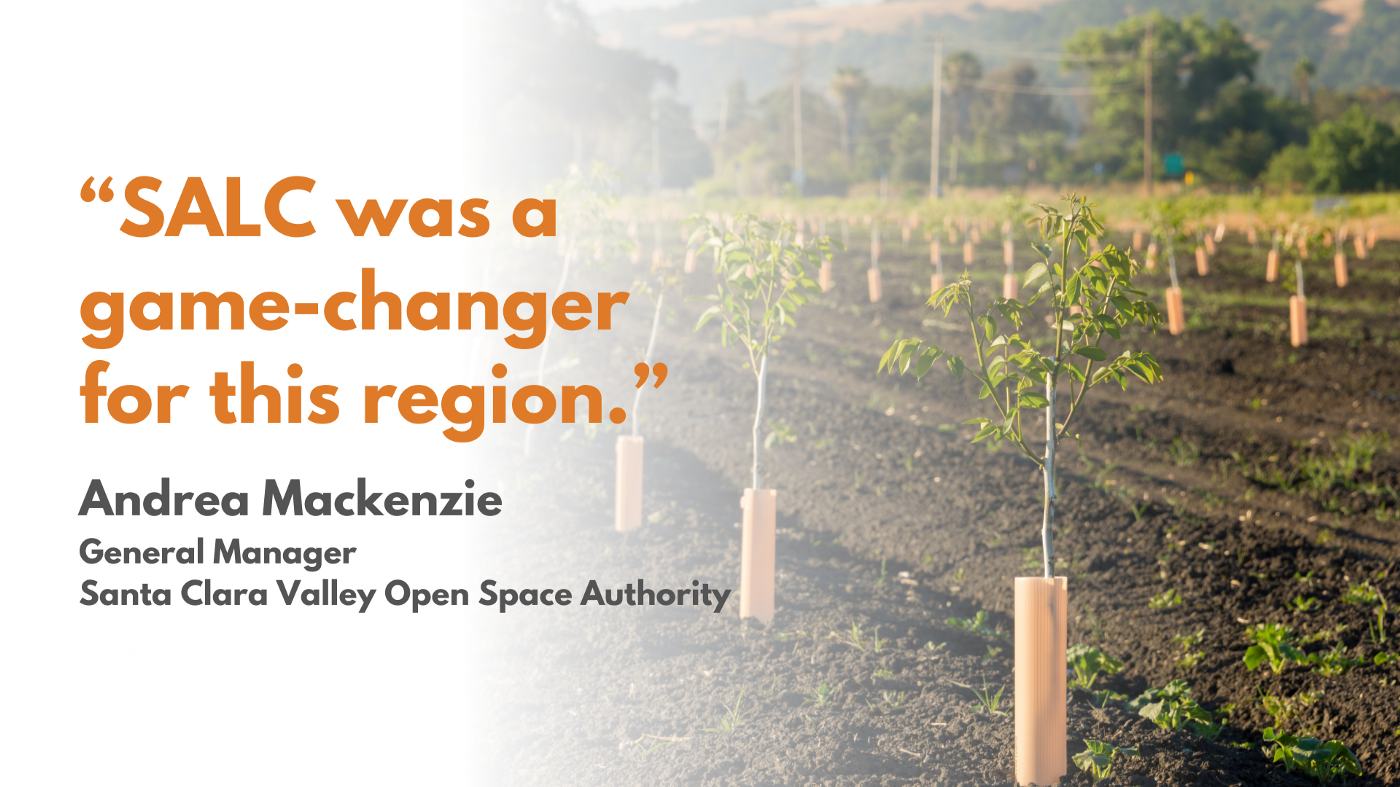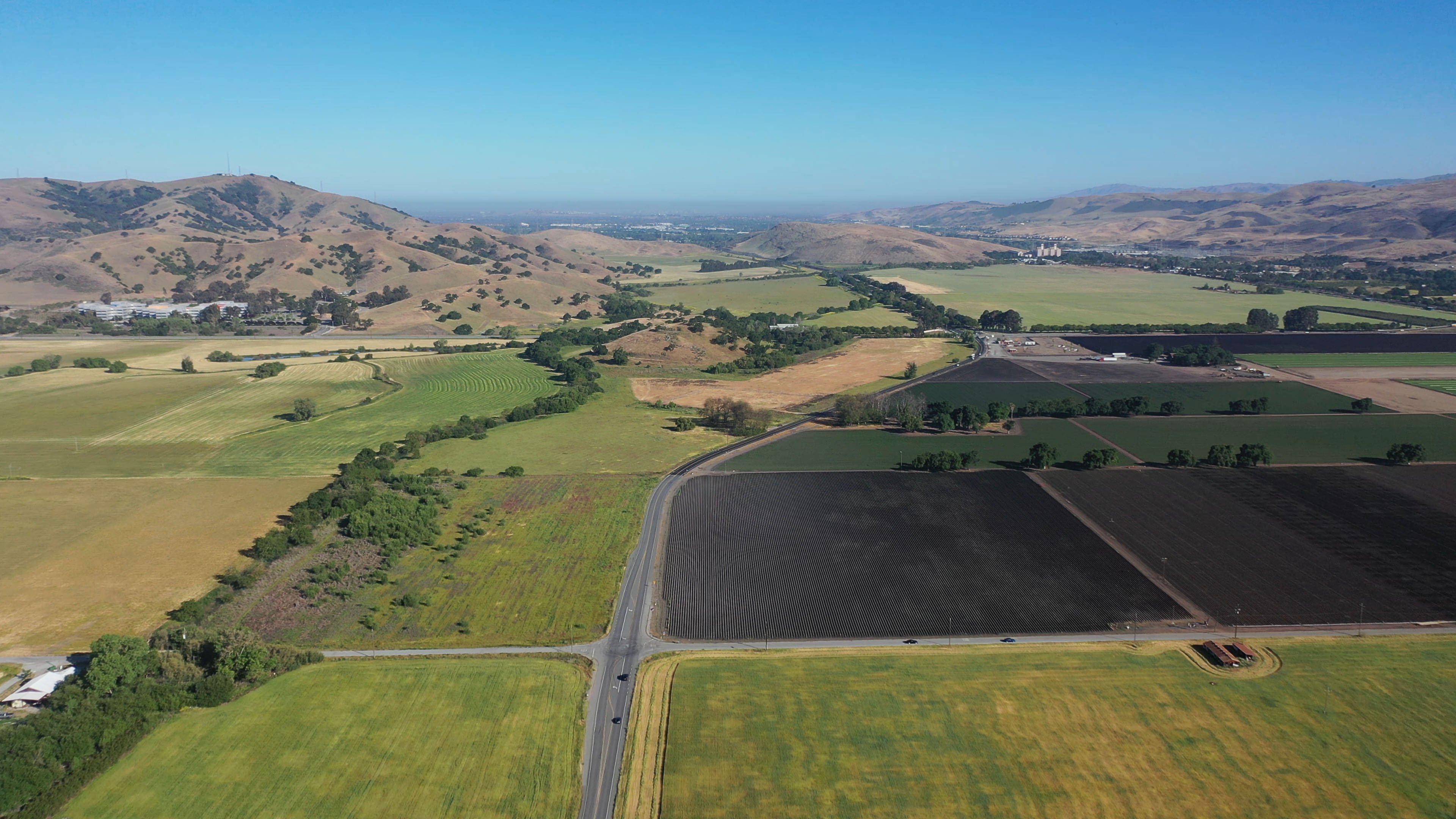Celebrating Healthy Soils Week
Healthy soil is the backbone of climate resilience, agriculture and restoration projects on working lands. Yet, despite its importance, it can be a difficult topic to understand due to its complexities. In honor of Healthy Soils Week, the Open Space Authority is breaking down what healthy soil is, its importance, how the Authority promotes healthy soils and some tips to help the soil thrive in urban areas.
Atmospheric River Storm: Open Spaces At Work
The first few weeks of 2023 brought a parade of Atmospheric River Storm events that ravaged California. Several feet of rain and powerful wind events caused widespread power outages, and many areas experienced intense flooding, fallen trees, and mudslides. Though the storms caused a fair amount of disruption across the region, Santa Clara Valley’s open spaces (our critical natural infrastructure) likely helped mitigate even further damage.
Spina Farms Pumpkin Patch Connects Community to Local Agriculture on Open Space Authority Lands
In late 2021, the Open Space Authority -- in partnership with the State of California Department of Conservation through the Sustainable Agricultural Lands Conservation program (SALC), Santa Clara Valley Transportation Authority (VTA), and the Santa Clara County Planning Department -- protected sixty acres of prime farmland at Laguna Avenue and Santa Teresa Boulevard in the middle of Coyote Valley (also known as Mid Coyote Valley).
The property became known as “Laguna 60.”
Spina Farms Open for Fall Fun on Protected Lands
Pumpkins are the ultimate fall icon, and where better to find them than at your local pumpkin patch?
Spina Farms Pumpkin Patch in Coyote Valley (just south of San José) is now open seven days a week through October 31, to serve the community with fall fun and agricultural education. The Patch was originally located off Bailey Ave but has since relocated a quarter mile south to Laguna Ave and Santa Teresa Blvd in partnership with the Santa Clara Valley Open Space Authority.
Seizing Squash Season
Nothing screams fall like festive gourds, pumpkins, and squash - and all three are notoriously used to create a cornucopia of autumnal décor. Keep reading for some fun ways to prepare squash, as well as some fun facts to share around the dinner table.
Coyote Valley Restoration Project Recharging South Bay's Groundwater Amid CA's Drought
SANTA CLARA CO., Calif. (KGO) -- Flying over the sweeping green hills, Coyote Valley can seem a world away from the urban core of Santa Clara County. But when it comes to water, it's connected in ways that are becoming increasingly important in the face of drought and climate change.
By Spencer Christian and Tim Didion of ABC7.
Protecting Santa Clara Valley's Farmland: A Partner's Perspective
California is home to innovative farmers and ranchers using climate-friendly practices that reduce on-farm greenhouse gas emissions, sequester carbon, and have other health and environmental benefits.
Learn how the Open Space Authority is conserving agricultural land to limit urban sprawl and reduce emissions.
Written by Becca Lucas, California Climate & Agriculture Network (CalCAN) Communications & Operations Manager.
Tibbott: The Synergy of Planning and Conservation: State Investment and Land Use Policy Come Together in Santa Clara County
Read a story of how visionary land conservation interests in Santa Clara County are working to preserve the Valley’s rich agricultural and natural treasures with support from the Sustainable Agricultural Lands Conservation (SALC) Program and other state funding.
Written by Emily Tibbott, Senior Advisor for Land Conservation, and the Santa Clara Valley Open Space Authority.
Local Land Use Decisions Represent Bold Climate Actions
“We need to protect Coyote Valley from future development if we want to maintain our already diminishing wildlife habitat, protect our groundwater and agriculture and see our children grow up in a world that still has access to nature and its benefits.” – Assemblymember Ash Kalra
Categories
Recent Posts
- Celebrating Healthy Soils Week
- Coyote Valley Photo Contest: Meet the People's Choice Winner!
- The Negative Impacts of Illegal Dumping
- A Silent Spring?
- Staff Spotlight: Matt Freeman
- Another Win for Agriculture in Santa Clara County
- Message from the General Manager
- Wildlife Grammy Awards
- Honoring Dr. King's Environmental Legacy
- Wildlife Thesaurus: Top 10 Native Animals with Nicknames

